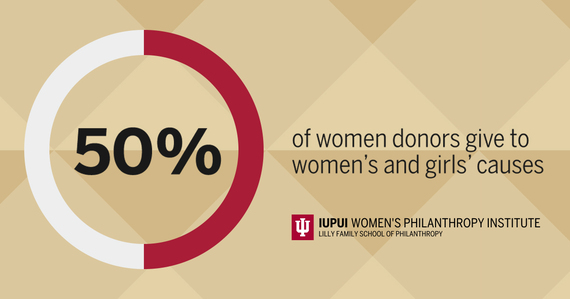When Sara Blakely—one of the world’s youngest female billionaires—signed the Giving Pledge, an initiative started by Warren Buffett and Bill and Melinda Gates encouraging rich people to promise half their wealth to philanthropic causes, her comments not only focused on investing in women as the right thing to do—but as the smart thing to do. When women philanthropists invest, they’re more likely to support women’s and girls causes—and that lifts up entire communities.
When women invest, they invest in women—and that helps the world. Now, the study Giving to Women and Girls: Who Gives and Why gives us hard numbers to back up that wisdom. Read on for more from the Huffington Post.
huffingtonpost.com – Sara Blakely, founder and CEO of Spanx, proclaimed in her Giving Pledge letter, “I am committed to the belief that we would all be in a much better place if half the human race (women) were empowered to prosper, invent, be educated, start their own businesses, run for office-essentially be given the chance to soar! I pledge to invest in women because I believe it offers one of the greatest returns on investment.”
With these powerful words, Blakley galvanized a top spot on the list of global leaders in philanthropy. Not only did she give us shapewear for every season, but she also declared as truth what so many women across the globe know intuitively but don’t have a megaphone to champion: When we donate to nonprofit organizations that lift up women, we can be assured that our philanthropic investments will generate dividends for entire communities.

And now, as a result of new research from the Women’s Philanthropy Institute at the Indiana University Lilly Family School of Philanthropy, we have empirical evidence to better understand why women invest in women. This research also offers inspiration for emerging and seasoned philanthropists alike with examples of compelling projects that are moving the meter for women and girls, both in the United States and around the world. The research, Giving to Women and Girls: Who Gives and Why, is the first empirical study to systematically analyze this trend among individual donors. The findings show that nearly 50 percent of female donors support causes for women and girls and — noteworthy — 40 percent of male donors also support these causes. Increasing age and income levels are the most likely determinants of giving to women’s and girls’ causes; other control variables do not affect giving to a similar extent.



